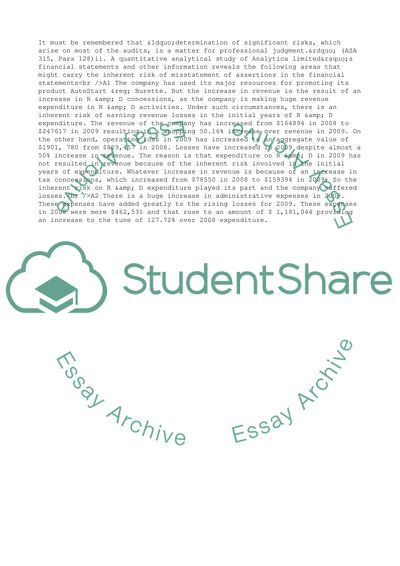Cite this document
(Inherent Risks and the Audit Plan Case Study Example | Topics and Well Written Essays - 1500 words - 2, n.d.)
Inherent Risks and the Audit Plan Case Study Example | Topics and Well Written Essays - 1500 words - 2. https://studentshare.org/business/1741924-auditing
Inherent Risks and the Audit Plan Case Study Example | Topics and Well Written Essays - 1500 words - 2. https://studentshare.org/business/1741924-auditing
(Inherent Risks and the Audit Plan Case Study Example | Topics and Well Written Essays - 1500 Words - 2)
Inherent Risks and the Audit Plan Case Study Example | Topics and Well Written Essays - 1500 Words - 2. https://studentshare.org/business/1741924-auditing.
Inherent Risks and the Audit Plan Case Study Example | Topics and Well Written Essays - 1500 Words - 2. https://studentshare.org/business/1741924-auditing.
“Inherent Risks and the Audit Plan Case Study Example | Topics and Well Written Essays - 1500 Words - 2”. https://studentshare.org/business/1741924-auditing.


